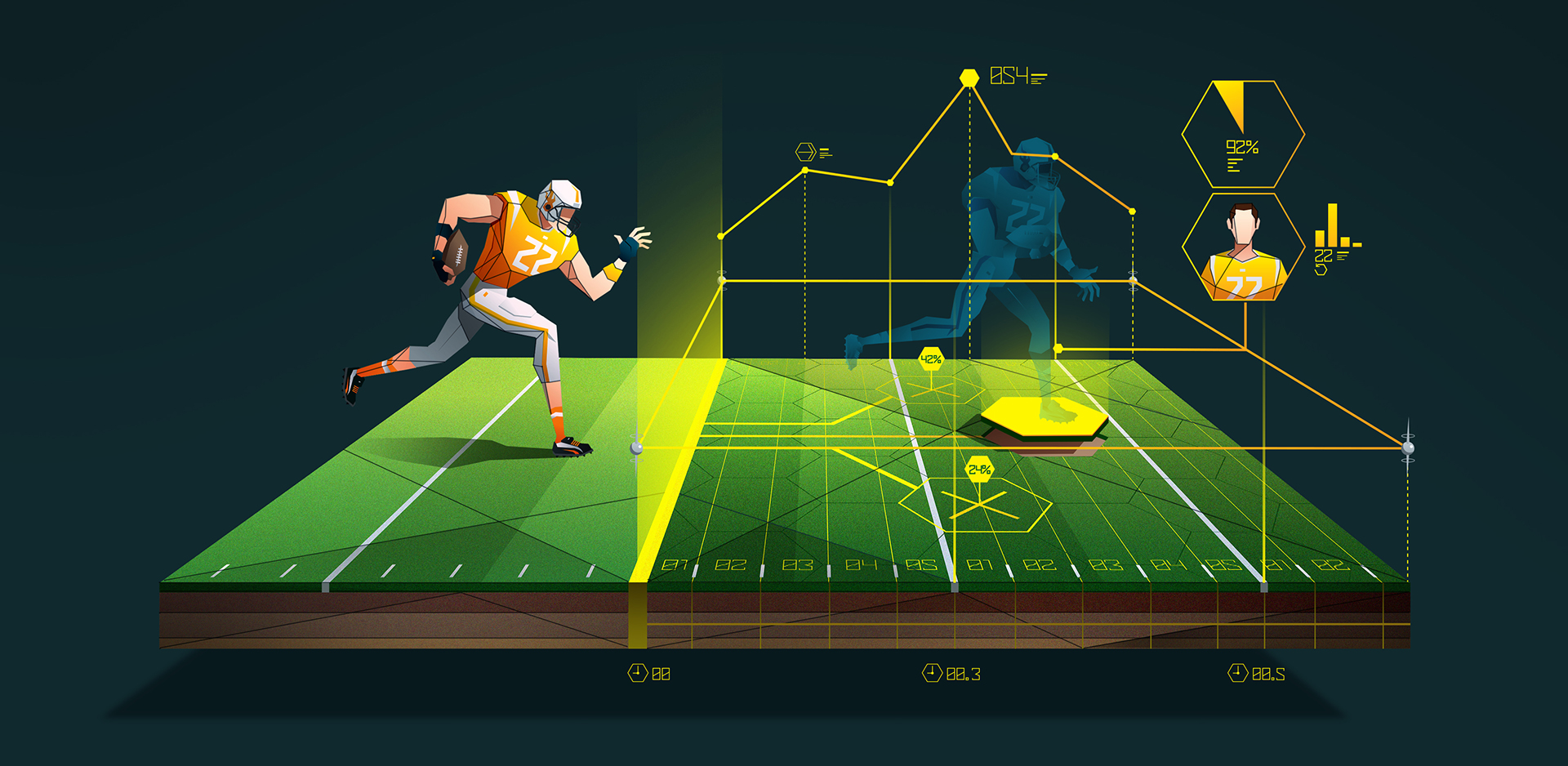
Time passes slowly when you’re recovering from an injury. For athletes like Terence Garvin, who are in the healing process, every day can feel like the last day of school before summer ends. In other words, they simply want to know when will they get to go out and play?
Unfortunately, the answer is usually “not yet,” since the body needs time to heal itself after sustaining a serious injury. Here are some fundamental lifestyle choices that will both increase recovery speed and keep muscles in tip top shape to prevent further injuries.
Sleep
Athletes, especially those performing at an elite level, require more sleep than the average person. According to a 2009 study conducted by Health Status, athletes who extended their sleep to 10 hours a night reported having improved performance throughout the season. In addition to the number of hours slept, sleep quality and sleep phase can have a huge impact on the regenerative properties of sleep.
In order to ensure the best sleep possible, sleep in a cool, dark room. Be sure to avoid screen time an hour prior to bed, and do intense workouts early in the day with more relaxing ones in the evening. Try monitoring your sleep with a sleep-tracking app like SleepBot, or by using wearable technology like a smartwatch, which is just one of seven ways an individual can improve health and fitness throughout the course of a year.
Stretch
Believe it or not, stretching helps prevent injuries and speeds up recovery time as well. So kick off your workout with dynamic stretching (active stretching with controlled movement) to help loosen those muscles and wrap up your workout with stationary stretches.
Post-workout stretches help to reduce muscle soreness and stiffness, allowing you to get back on the field. This increase in blood flow may help speed up recovery time as it increases the amount of nutrients being delivered to the muscles. After all, a well-stretched and ready body is a body that’s ready to take on life and all the injuries that comes with it.
Nutrition
You might have heard this countless times, but it always warrants repeating: proper nutrition is essential for overall performance and recovery time. So make sure you’re not going into your workouts on an empty stomach; and try to replenish your fluids, electrolytes, carbs, and proteins within 30 minutes of completing an intense workout. If you’re in a hurry and don’t have time for a full meal, consider taking a whey protein supplement. Taking it before or after a workout is entirely up to you, regardless of your fitness goals.
For restoring electrolytes, coconut water is a great alternative to sports drinks like Gatorade, and Powerade, which contain a lot of sugar. However, good ole fashion H2O is never a bad idea, and it’s still our favorite drink.
One rule of thumb to follow is to weigh yourself before and after you exercise and drink about 16 to 24 ounces of water (or coconut water) for every pound lost during that particular workout. Another thing you can try is consuming .36 grams of carbs per pound of body weight and 1.0 grams of protein per pound of body weight to help restore muscle glycogen and properly promote protein synthesis in the body after a long workout. Two to three hours after a workout, be sure to consume a well-balanced meal that includes carbs, protein, and some fat. Stick to a healthy nutrition plan throughout the day to ensure total recovery.
Rest
Although it’s important to train hard, it’s equally important to rest and take your recovery days seriously. During rest days, for example, your body is given the opportunity to adapt to the stress of the exercise, replenish muscles, and repair body tissue. Generally speaking, there are two types of recovery days: passive and active.
Passive recovery days are complete rest days and are ideal for beginners or less serious athletes. Active recovery days involve light exercise in the form of an easy cross-training workout and are better suited for more advanced athletes. Keeping a training log can be a useful tool for monitoring how your body reacts to your workout and allows easy adjustments.
So there you have it. Whether you’re a professional athlete or workout for recreation, these fundamentals can help speed up the healing process, put an end to pain, and keep you in the action.





Love this!!